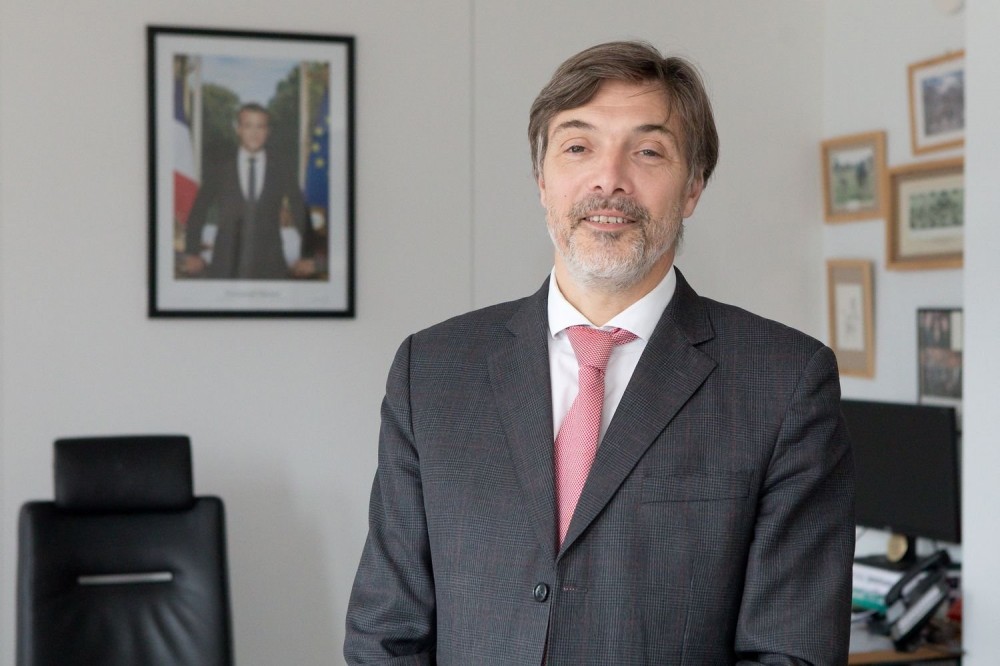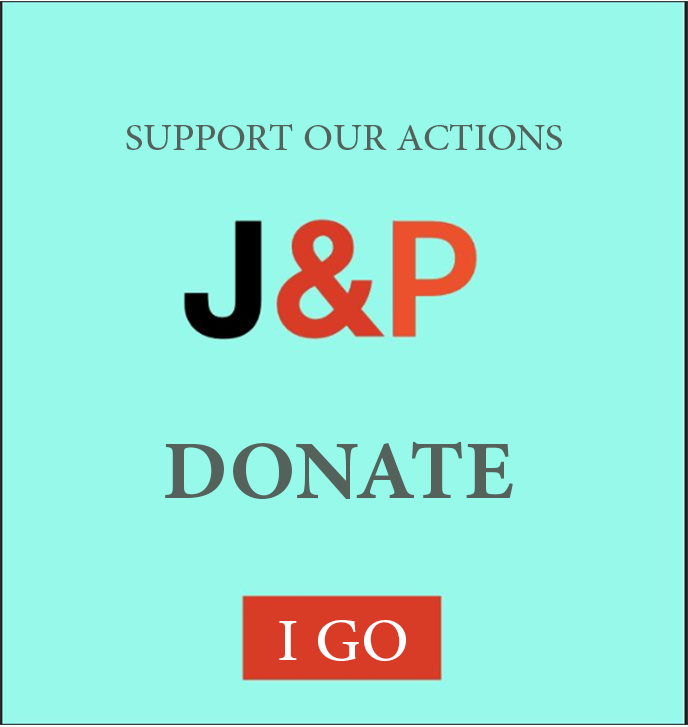France/Immigration: Burgundy-Franche-Comté takes its share in the accommodation of asylum seekers
Faced with the tensions concerning the accommodation of asylum seekers in Île-de-France, Burgundy-Franche-Comté has available reception capacities. The Secretary General for Regional Affairs of the Prefecture of Burgundy-Franche-Comté explains how the national plan for the reception of asylum seekers and the integration of refugees is applied in the region.

At the end of 2020, the Ministry of the Interior published the national plan for the reception of asylum seekers and the integration of refugees, drawn up by all those involved in asylum policy.At the end of 2020, the Ministry of the Interior published the national plan for the reception of asylum seekers and the integration of refugees, drawn up by all those involved in the asylum policy. The aim is for France to "meet its commitments" by adapting its system over time to register "as quickly as possible" the asylum applications of new arrivals and "accommodate as many as possible".
According to Marlène Schiappa, Minister Delegate in charge of Citizenship since July 2020, "the number of places financed within the national reception system for asylum seekers has more than doubled in less than five years to reach 107,000 places in 2020. The government will continue this effort with the creation in 2021 of 4,500 additional places in France".
Half of all asylum applications are filed in the Ile-de-France region
Within the Ministry of the Interior, the Directorate General for Foreigners in France notes that half of all asylum applications submitted to France are lodged in the Île-de-France region. This concentration of asylum seekers leads to the creation of unhealthy camps on the public highway, while accommodation places are unoccupied in certain regions such as Bourgogne-France-Comté.
Hence the regional guidance system for asylum seekers introduced last January to reduce the pressure on accommodation in Île-de-France and Hauts-de-France, taking into account the places available in each region. "Local authorities must also play their part in this effort and will be mobilised to this end", warns the Minister for Citizenship.
For Infos Dijon, the secretary general for regional affairs of the prefecture of the Burgundy-Franche-Comté region, Éric Pierrat, presents the implementation of this measure.
90% of accommodation occupied in Bourgogne-Franche-Comté
The national plan is broken down into regional plans for the reception of asylum seekers to describe the way in which the reception of asylum seekers is organised within a region: follow-up of files, accommodation, French courses and even deportation in the event of rejection. In 2019, this plan became the SRADAR with the addition of refugees.
In Bourgogne-Franche-Comté, there are three one-stop shops for asylum seekers (GUDA): Dijon, Besançon and Mâcon. Each of them has three civil servants. The waiting time for an appointment varies between two and five days. Éric Pierrat defends the regionalisation of the GUDAs, which took place in 2016, allowing for a "more professional" examination of cases.
For example, a foreign national who makes himself known in Auxerre is taken care of for a few days in an asylum seekers' reception platform (PADA) before going to the Dijon GUDA to be registered and thus obtain asylum seeker status. The administration then begins to examine his file.
In 2015, Burgundy-Franche-Comté had 2,800 places. While there was a strong growth in the number of asylum seekers from 2015 to 2018, the State increased the accommodation in the region to 5,500 places. However, since 2019 and especially since 2020, the arrivals of asylum seekers are decreasing. The places are 90% occupied to date, which makes about 500 places available.
"This is a scheme that will ramp up by the end of the year"
Asylum seekers transferred from Hauts-de-France or Île-de-France are directed directly to reception and situation examination centres (CAES). Dijon has a CAES with 60 places; another is being created in Besançon. Since January, more than 150 asylum seekers have been registered, mainly from Afghanistan, Syria, Eritrea and Sudan.
"This is a system that will be ramped up by the end of the year", says Éric Pierrat, who adds that "given the capacity of Burgundy-Franche-Comté to to receive asylum seekers, this can be absorbed without any problem" because "we are able to have a slightly more important housing supply policy than in other regions because we have vacant housing in the region". This information is taken into account when the SRADAR is drawn up.
The new organisation put in place on 1 January this year institutionalises a method that had been implemented on an ad hoc basis in the past. During the period of arrival of a large number of asylum seekers, particularly from Syria, operations to "unblock" squats had already taken place with transfers by bus to Bourgogne-Franche-Comté.
The Minister asks OFPRA to make a decision in six months
Once they have passed through the CAES, asylum seekers can be directed to an asylum seekers' reception centre (CADA) or emergency accommodation for asylum seekers (HUDA) throughout the region, depending on the places available. Once in a CADA, asylum seekers await the decision of the French Office for the Protection of Refugees and Stateless Persons (OFPRA).
It should be noted that, during the examination of the file by OFPRA, some people do not stay in Burgundy-France-Comté but choose to leave for the Hauts-de-France or Île-de-France regions.
"OFPRA has been given fairly strong instructions to decide quickly", says the Secretary General of Regional Affairs. The objective being to examine the file in six months. According to Marlène Schiappa, "the government has considerably strengthened the resources of the French Office for the Protection of Refugees and Stateless Persons as well as the National Court of Asylum".
The person who is granted refugee status goes to a temporary accommodation centre CPH where applications will be made to try to find accommodation and a job. If OFPRA's decision is negative, the person has one month to file an appeal or to leave the country.
Source: www.infos-dijon.com


